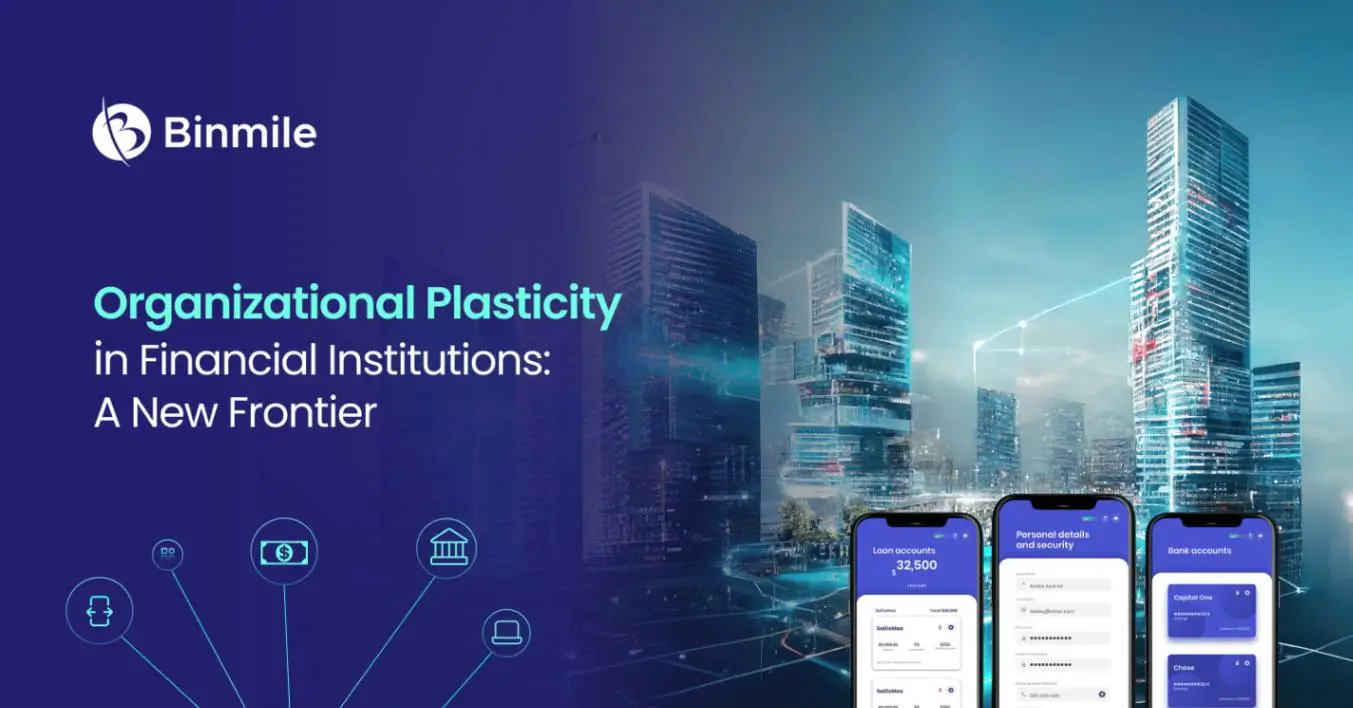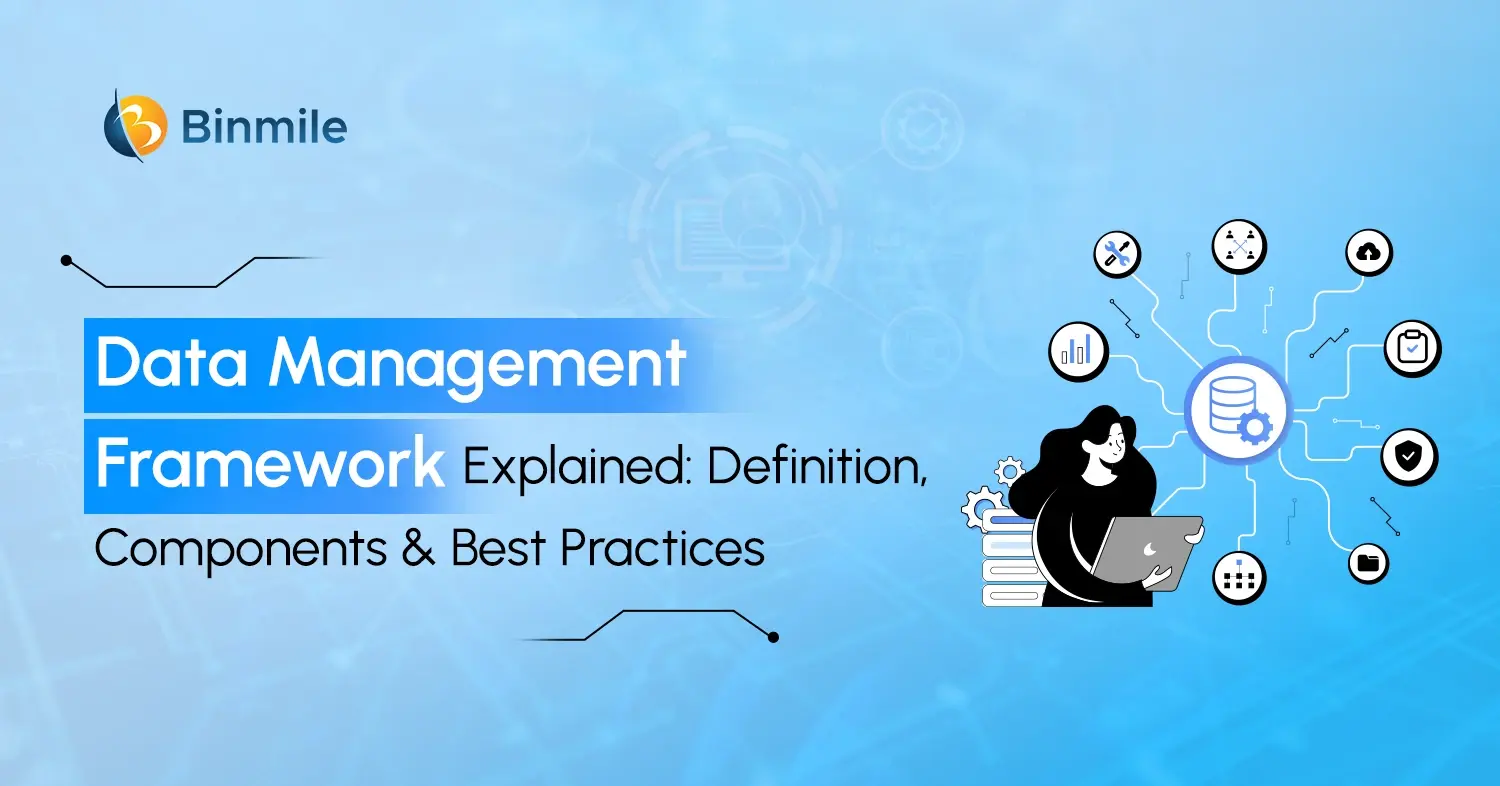The ability to navigate treacherous economic waters without suffering catastrophic consequences is a paramount objective for financial institutions. To achieve this, proactive organizational plasticity is the cornerstone upon which these institutions must build their resilience. What is organizational plasticity? Even though there is no formal definition for it and is often interchanged with organizational resilience- a common consensus agrees that the concept of organizational plasticity is inspired by “neuroplasticity.” Neuroplasticity is the ability of the nervous system to change its activity, structure, functions, or connections in response to challenges. So, businesses that are implementing organizational plasticity are rewiring their organizational resilience to become more agile and resilient – and most ideally – recession-proof.
This blog delves into the significance of financial institutions being sturdy enough to weather economic upswings while emphasizing the need for a proactive approach to organizational plasticity. We will also explore the essential building blocks of this adaptability, and outline 7 best practices to infuse it into your financial structure and make it crisis-proof.
Significance of Organizational Plasticity: Tips to Create & Building Blocks

Organizational Plasticity’s significance lies in its capacity to safeguard the financial services industry against economic downturns and unforeseen crises. With organizational resilience, institutions can proactively respond to evolving market conditions, regulatory changes, and customer demands, ultimately ensuring their long-term viability and success. It is the key to not just surviving but thriving amidst the systemic shocks or events beyond their control.
To counter unwarranted financial or non-financial crises and take advantage of economic upswings, a strategic and sustainable approach is crucial. The 4Ps model derived from Kent Beck’s 3X framework provides financial institutions with a comprehensive framework for building organizational plasticity that lets them navigate uncertainties and thrive in evolving financial landscapes. Here’s how you can develop organizational plasticity for your financial institution:
The 4Ps of Model Highlights
1. Principal over Practices
Emphasize strong ethical principles and values in your organization’s culture. Ensure that ethical conduct, integrity, and compliance with regulations are at the forefront of your operations. By prioritizing principles over practices, you enhance customer experience and create a foundation of trust with both customers and regulators, which is essential for organizational resilience.
2. Purpose over Product:
Organizations should focus on the purpose, core values, or long-term objectives of their financial institution rather than just the products they tend to offer. This purpose-driven approach can guide decision-making and strategy, making it easier to adapt when market conditions change. It also helps in building customer trust by aligning with their values and pain points.
3. Personalized over Popular
Tailor your financial services to meet the unique needs of individual customers rather than simply following popular trends. Utilize customer data and insights to offer personalized financial solutions and advice. This approach enhances customer loyalty and helps your institution adapt to changing customer preferences.
4. Pragmatism over Prudence
While prudence is important in financial management, pragmatism emphasizes practicality and adaptability. Make decisions based on a realistic assessment of the situation and the available resources. Being pragmatic means being open to innovative solutions and adapting your strategies as needed, especially during turbulent economic times.
Additionally, you can also develop these practices to have a resilient organizational structure:
5. Data-Driven Decision-Making
Financial institutions must harness the power of ML and artificial intelligence to leverage the power of real-time data. Gather and analyze data from various sources, including customer transactions, market data, and regulatory information. Use these insights from data analytics to make informed decisions swiftly, especially in risk management, fraud detection, and personalized customer experiences.
6. Utilize Diversification Process
Diversification reduces the risk by ensuring that losses in one area can be offset by gains in others, making the institution more resilient to economic downturns across different asset classes, sectors, and markets. Financial institutions should avoid over-concentration in a particular segment of the market to reduce vulnerability to specific economic shocks.
7. Embrace Digital Transformation
Embrace digital transformation as a means of staying competitive and improving operational efficiency. Invest in modern technology solutions that can streamline processes, enhance customer experiences, and support remote work capabilities. This may involve migrating to cloud-based platforms, implementing mobile banking solutions, and strengthening cybersecurity measures.
Also Read: Mobile Banking in BFSI
Building Blocks of Organizational Plasticity: How to Check Your Institution’s Resilience
So, how do you know if your company or institute has organizational plasticity or not? Here are 5 such building blocks that can help you assess the state of your organization’s resilience:
- Agility in Decision-Making: An organization with plasticity can quickly adapt to changing market conditions. If your institution can make strategic decisions swiftly in response to economic shifts, it’s a positive sign.
- Innovation is the Culture: Look for a culture that encourages innovation and experimentation. Financial institutions with plasticity often invest in new technologies and adapt their services to meet evolving customer needs.
- Adaptability to Regulations: Financial institutions face frequent regulatory changes. If your institution can adapt seamlessly to these changes, it likely has organizational plasticity.
- Employee Empowerment: Are employees empowered to make decisions and suggest improvements? Organizations with plasticity often involve employees at all levels in decision-making and encourage them to contribute ideas.
- Customer-Centric Approach: If your financial institution consistently adapts its products and services based on customer feedback and evolving preferences, it’s a positive sign for your organizational resilience.
Read More: Fintech Marketing Strategy
As the leading banking & finance app development company, we can assist you in achieving organizational plasticity to prepare & overcome impending economic disruptions.
Create a Sustainable Market Presence With Organizational Plasticity
The financial world is inherently volatile, but financial institutions that embrace organizational plasticity can ride the waves of economic downturns without being capsized. It is the proactive cultivation of organizational resilience that empowers these institutions to navigate the turbulent waters of the financial industry. Irrespective of the challenges of the finance market, emerging unscathed and stronger at a time when economic uncertainties loom large, financial institutions must stand ready. Therefore, in this blog, we discussed what organizational plasticity is, its significance, and the best practices to develop a resilient organizational structure.
By implementing these best practices and regularly assessing their crisis preparedness, financial organizations can proactively navigate the stormy seas of the financial industry, creating a stronger and better crisis-ready framework.









